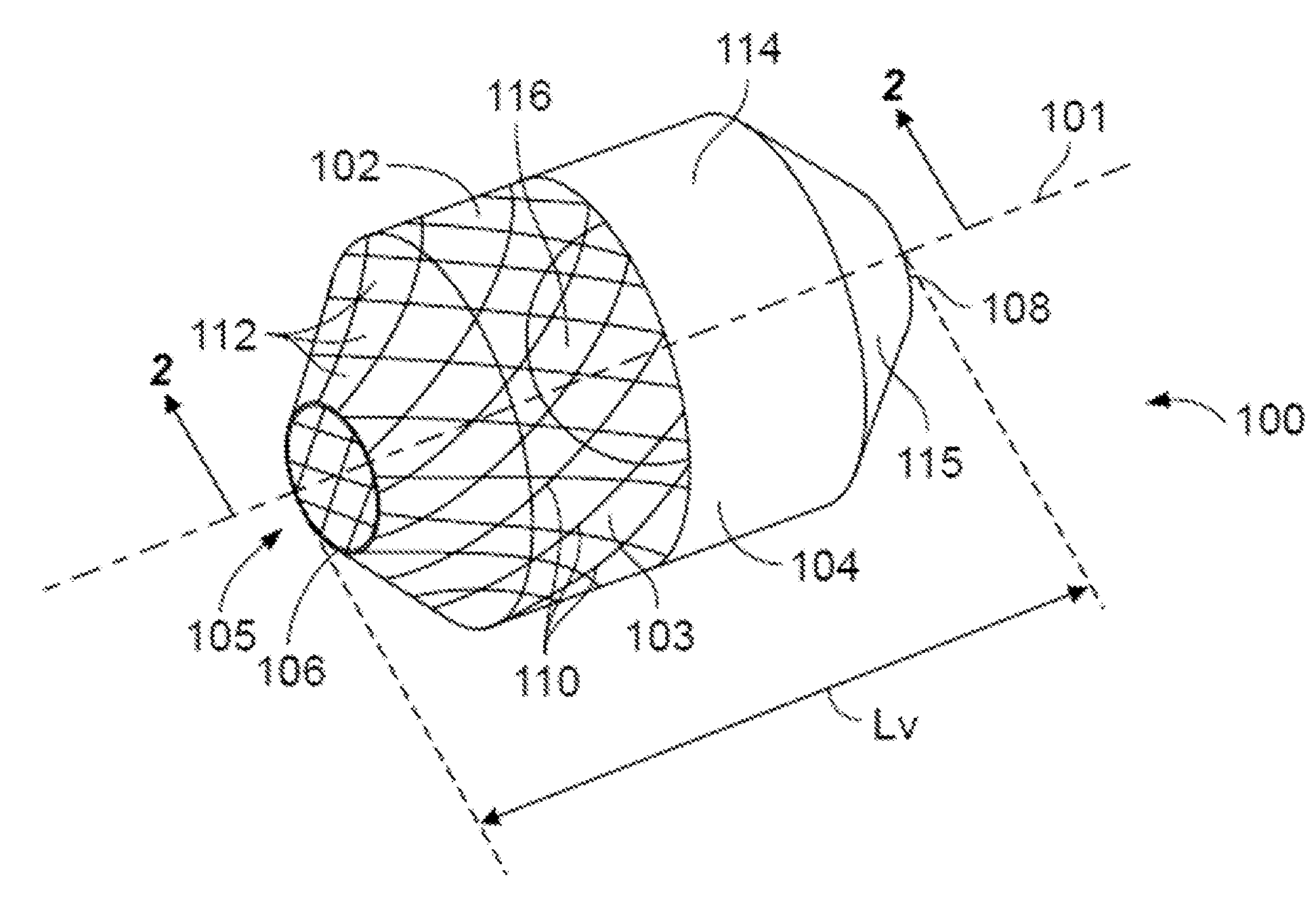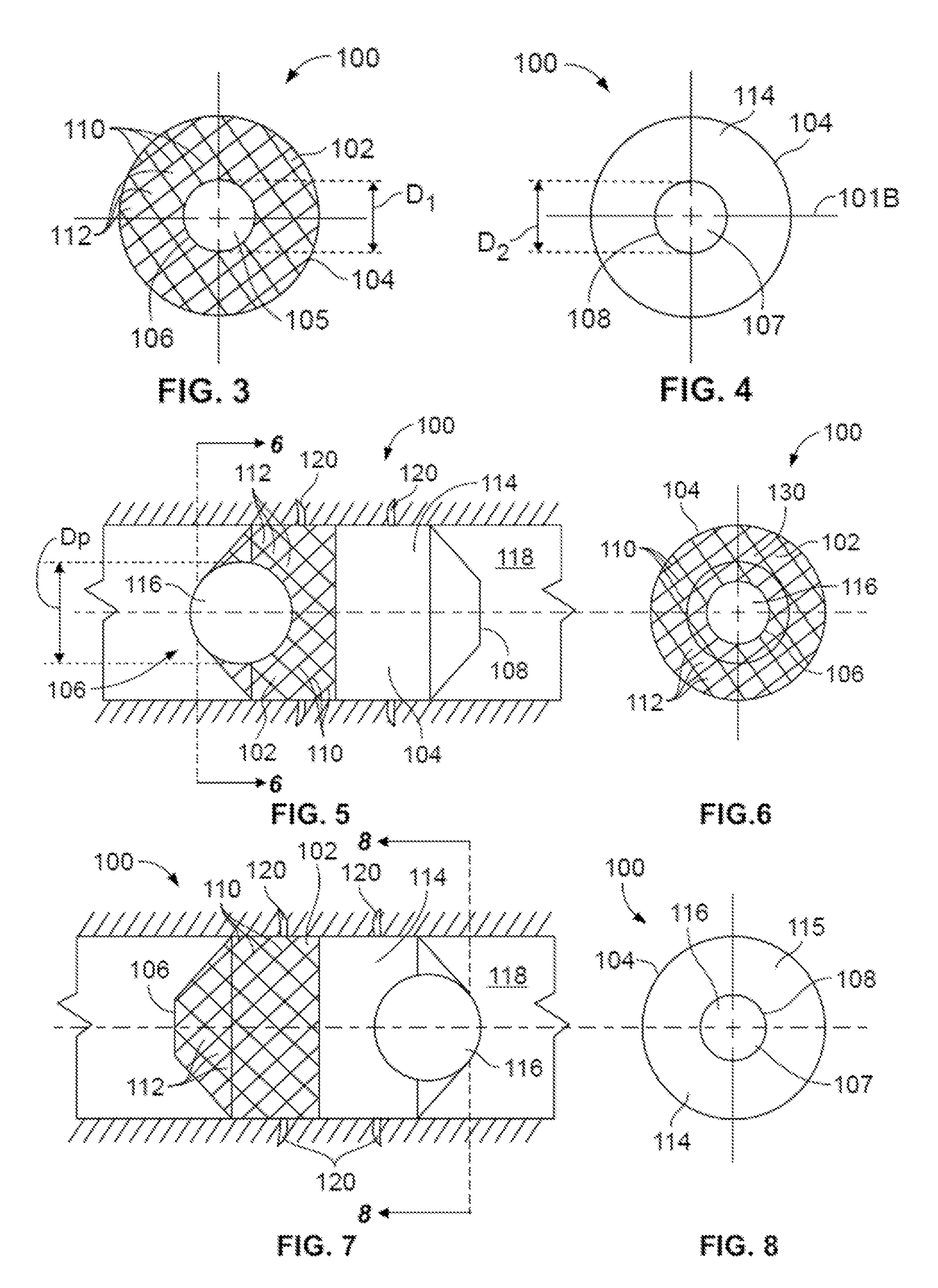Transluminal cardiac ball valve and method for deployment thereof
a technology of transluminal and cardiac ball valve, which is applied in the field of prosthetic transluminal plunger and cage cardiac valve, can solve the problems of increased time, cost, risk, difficulty and trauma associated with percutaneous procedures, and valve may be problematic, and the valve may be problematic with regard to longitudinal stability
- Summary
- Abstract
- Description
- Claims
- Application Information
AI Technical Summary
Benefits of technology
Problems solved by technology
Method used
Image
Examples
Embodiment Construction
[0034]An orientational definition is provided with respect to a catheter sheath or inflation catheter as described herein, the term “proximal” is intended to mean toward the operator end of the catheter, while the term “distal” is intended to mean toward the terminal end or device-carrying end of the catheter. For purposes of this application, the term “pseudometal” or “pseudometallic” is intended to mean a biocompatible material which exhibits biological response and material characteristics substantially the same as biocompatible metals, such as for example composite materials.
[0035]In accordance with one embodiment, the plunger and / or the cage member may be made of a single material, such as stainless steel, nickel titanium alloy, cobalt-chromium alloy, or other biocompatible materials suitable for manufacture of valvular prosthetics. In accordance with an alternative embodiment, the plunger and / or the cage member may be made of at least two layers formed upon one another into a ...
PUM
 Login to View More
Login to View More Abstract
Description
Claims
Application Information
 Login to View More
Login to View More - R&D
- Intellectual Property
- Life Sciences
- Materials
- Tech Scout
- Unparalleled Data Quality
- Higher Quality Content
- 60% Fewer Hallucinations
Browse by: Latest US Patents, China's latest patents, Technical Efficacy Thesaurus, Application Domain, Technology Topic, Popular Technical Reports.
© 2025 PatSnap. All rights reserved.Legal|Privacy policy|Modern Slavery Act Transparency Statement|Sitemap|About US| Contact US: help@patsnap.com



